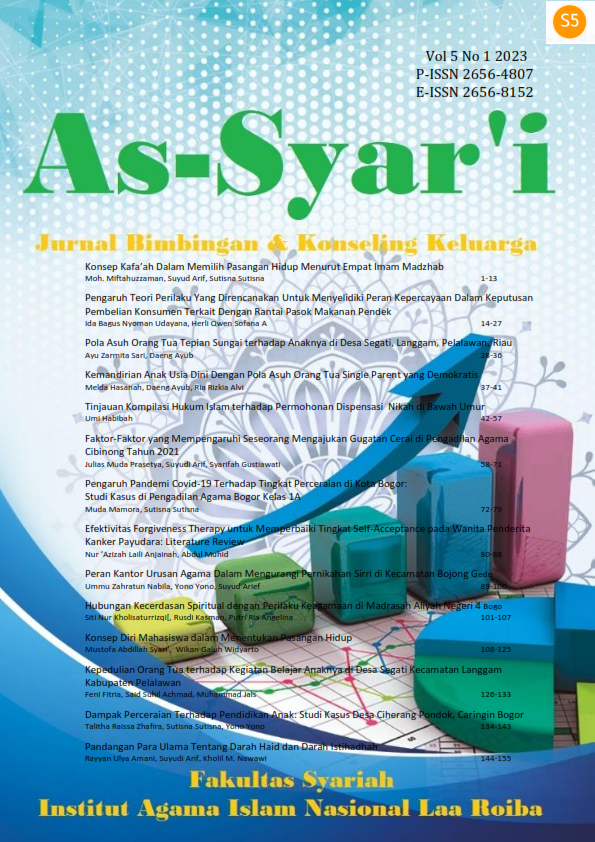Analisis Hukum Pidana Islam dan Undang-Undang No 41 Tahun 1999 tentang Kehutanan Dalam Perkara Tindak Pidana Pembakaran Hutan: Studi Terhadap Putusan PN Padangsidimpuan Nomor: 58/Pid.Sus/2016/PN PSP
Main Article Content
Abstract
A forest fire is a situation where a forest is engulfed by fire resulting in damage to the forest or forest products causing economic loss and/or environmental value. The research approach used is normative legal research, with the following conclusions: The results of this study indicate that in decision Number: 58/Pid .Sus/2016/PN Psp concerning the crime of forest burning which stated that the defendants Nelson Manurung and Muliadi Siburian had been proven guilty of committing the crime of forest fires and were sentenced to 1 (one) year in prison and a fine of Rp. 1,000,000,000 (one billion rupiah) by the Padangsidimpuan District Court. In this case it can be concluded that in their consideration the Panel of Judges did not consider the impact of the defendant's actions on the preservation of nature and the lack of firmness of the Panel of Judges in deciding cases which were considered relatively light. Criminal sanctions in the criminal act of burning forests in article 78 paragraph (3) of RI Law No. 41 of 1999 concerning forestry jo. Article 50 paragraph (3) letter d RI Law No. 41 of 1999, namely a maximum of 15 (fifteen) years and a maximum fine of Rp. 5,000,000,000 (five billion rupiah). Then, in view of Islamic criminal law, the author's findings in the criminal case of forest burning are subject to Ta'zir punishment, namely the punishment determined by the authorized government.
Keywords: criminal act, forest burning, Islamic criminal law

